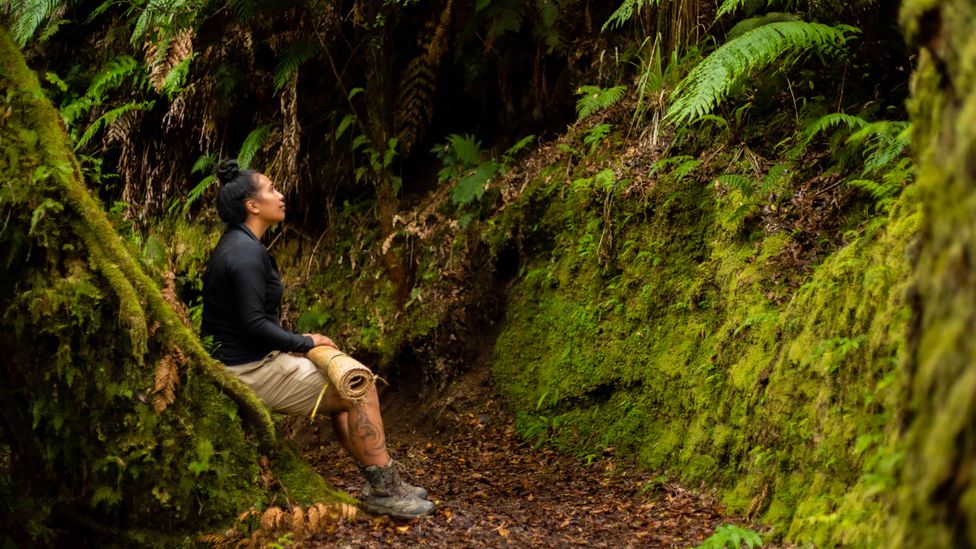First-time tourists to New Zealand often perceive Māori culture as an itinerary item to be ticked-off in an afternoon, usually in Rotorua. The North Island city has been considered the epicentre of cultural tourism since the latter half of the 19th Century, when Māori guides first led British and American tourists to the area's famed geothermal sites.
Centuries later, cruise ships and tour buses continue to shuttle passengers directly to "Rotovegas", where polished kapa haka (song and dance) performances come packaged with a hāngī (earth-cooked meal) and a tour of a marae (Māori meeting grounds). Across NZ, this trifecta has long been the blueprint for Indigenous tourism.
But an hour south-east of Rotorua in Murupara – one of the country's most socially and economically disadvantaged communities – a family-owned business is flipping the script. At Kohutapu Lodge and Tribal Tours, tourists get far more than just dinner and a show; they get the opportunity to be immersed in a modern Māori community where there is no stage or costumes.
"We've always just called it 'real people tourism'," said Nadine Toe Toe, co-owner of Kohutapu Lodge. "If you want a show, stay in the main centres. But if you want a day in the life to understand our people, then haere mai whanau: you're welcome to come into our home and our community."
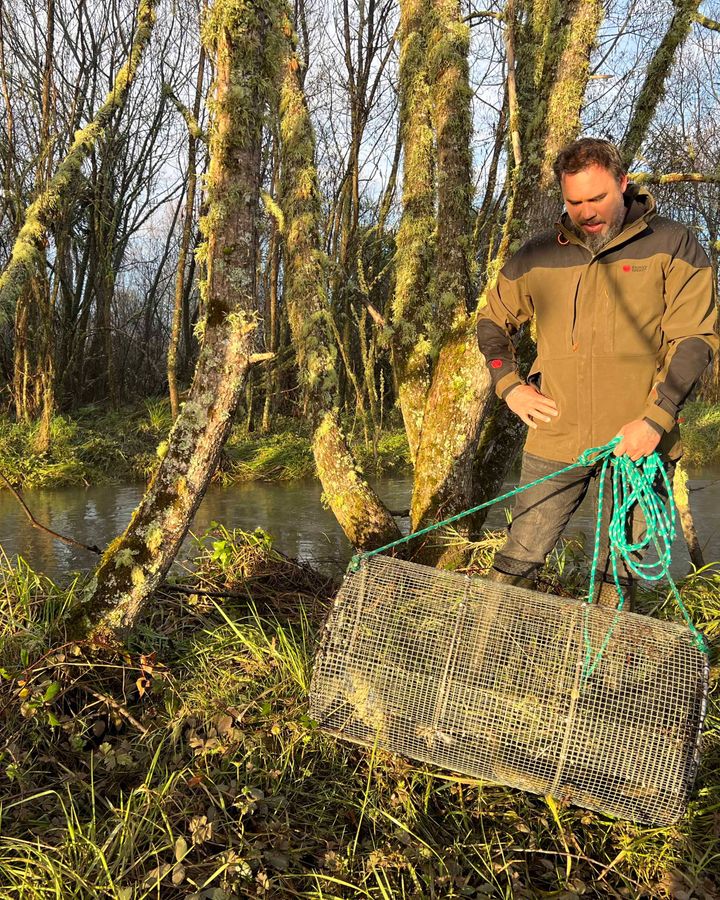
Guests at Kohutapu Lodge can get involved in a number of cultural activities, including learning to eel (Credit: Jessica Wynne Lockhart)
That's why I didn't ask any questions when Nadine handed me a pair of wellies less than an hour after I checked in. Instead, I followed her partner, Karl Toe Toe, to the edge of a stream, where he held a basket with a funnel-shaped opening at one end. It was empty, save for a rotting fish carcass inside.
If you want a show, stay in the main centres. But if you want a day in the life to understand our people, then haere mai whanau: you're welcome to come into our home and our community
"The smell will attract the tuna," explained Karl, using the te reo Māori word for New Zealand's endemic longfin eels, a traditional food source and one of his tribe's most revered animals. He dropped the hīnaki (eel trap) into the water, tying it to a nearby tree.
Learning to eel is just one of the activities available to Kohutapu's guests. They might also find themselves helping the Toe Toes cook a hāngī before packaging it and distributing it to community members in need or sitting down for tea with local kaumātua (elders) at the marae.
Accommodation ranges from basic cabins to a plush five-bedroom house, which is where I spent the night. In the morning, I woke to the honk of black swans gliding across Lake Aniwhenua, a narrow body of water created by the dammed Rangitāiki River. On the opposite shore, mist pink with the morning's glow clung low to the perfectly planted rows of radiata pine trees; the legacy of Murupara's forestry industry.
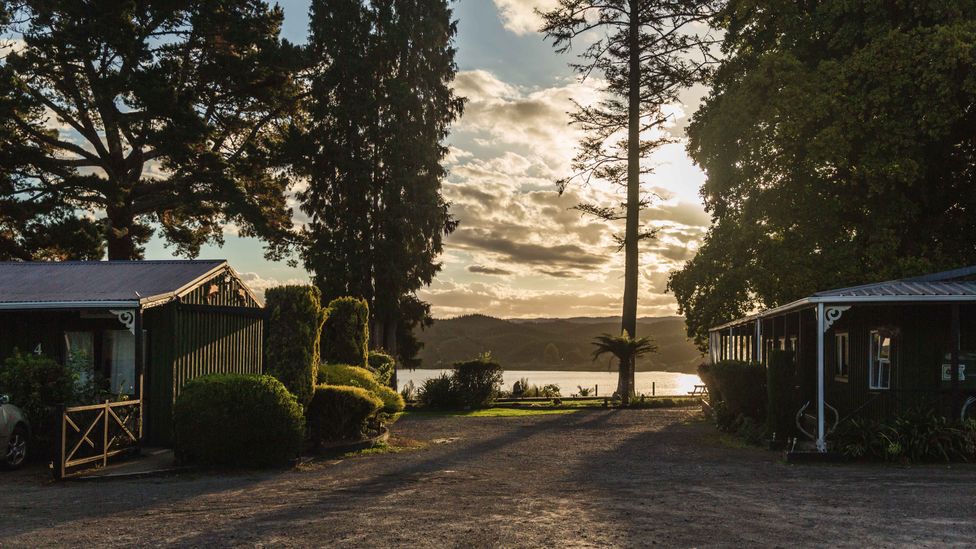
Accommodation at the lodge ranges from basic cabins to a plush five-bedroom house (Credit: Cinzia Maioha-Jonathan)
Ngāti Manawa – the area's iwi (tribe) – has resided here, at the base of the Ikawhenua mountain range, for hundreds of years. The surrounding rainforest still bears evidence of this early habitation, with wakas or Māori canoes carved into the rock. But it wasn't until the 1950s that Murupara sprung into existence, built to service the Kaingaroa Logging Company and named for one of the river's sacred eels. The town's residents were employed on the 150,000-hectare pine plantation, the largest in the southern hemisphere.
What makes it regenerative
Based in one of New Zealand's most socially and economically disadvantaged areas, manaakitanga (showing generosity to others) is one of Kohutapu Lodge and Tribal Tour's guiding principles. The Māori-owned tourism business is "changing a town through tourism" and preserving culture by creating employment opportunities.
It was a place of prosperity until the mid-1980s when the New Zealand government began to sell its forests off to private interests. Today, unemployment sits at around 14% – one of the highest rates in the country – and gang violence and substance abuse have both taken root within the predominantly Māori community.
So, in 2013, when the Toe Toes announced they were uprooting their life in Rotorua to return to Karl's tribal lands, a few eyebrows lifted.
"People said to me: 'Are you crazy? You're going to Murupara, of all places?'," recalled Nadine. "I couldn't understand the chasm between how I could see the community and how people outside were looking at it. I'd seen how beautiful this place was. And all I could see clearly in my head was this vision."
That vision, she said, was simple: change a town through tourism.
Murupara, a place that most Kiwis would be hard-pressed to find on a map, isn't on-route to any major attractions. Yet, Nadine believed a tourism venture could provide economic opportunities like forestry once did. She already had more than 20 years of experience in the industry, including as the national sales manager for what's now known as Te Pā Tū, a highly awarded Māori cultural attraction that follows the hāngī dinner-and-a-show model. She knew she couldn't just replicate Rotorua's recipe though.
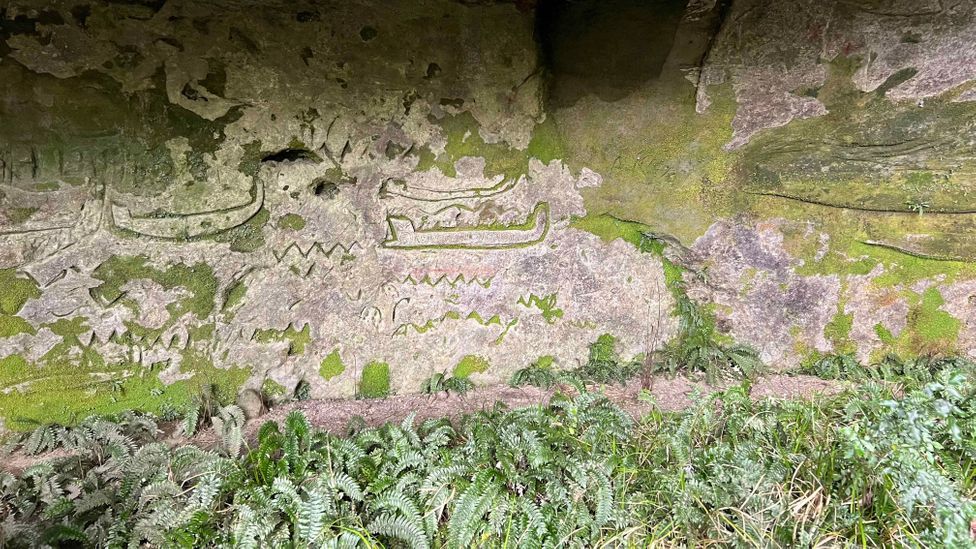
Guests can visit the Kaingaroa Maori rock carvings, thought to be some of the country's oldest (Credit: Jessica Wynne Lockhart)
"These are real people and real lives," she said. "This is not a show; it is not a song and dance. And with that comes [the need to act] with integrity and respect."
Even before "authenticity" was a buzzword, she sensed that tourists were hungry for deeper experiences. She was right. By 2019, Kohutapu was welcoming 5,000 international visitors a year. In 2021, it expanded to include a day tour, Whirinaki Forest Footsteps. The forest bathing experience travels deep into the nearby Whirinaki Te Pua-a-Tāne Conservation Park, one of the world's last prehistoric rainforests, where visitors learn about its spiritual significance. The programme is also offered free-of-charge to at-risk youth to help them reconnect with nature.
Following local guides Himiona Nuku and Kalvin Stone, I hiked beneath canopies of towering tree ferns and native matai and rimu trees before arriving at the base of a 1,500-year-old totara. An endemic podocarp (a type of conifer), they've been recorded to grow up to 35m tall.
"Iti rearea, kahikatea tei tei, ka taea. Even the smallest bird can reach the top of the forest," said Stone, gazing up. "It's a message we send back to our kids."
For Murupara's youth, the community's lack of economic opportunities has only been further compounded by colonisation and intergenerational trauma. Many are now the third generation in their families to face unemployment. "They're jewels that just need a bit of polish," Nadine later told me. "If my job is to build them a stage, then give me the hammer and nails."
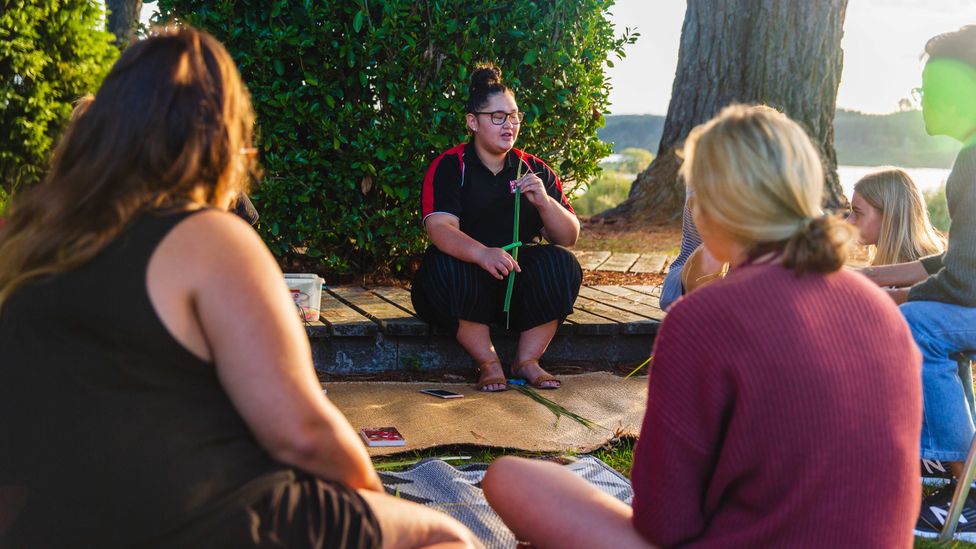
Erinah Cecilia Waiariki-Anderson has been a guide with Kohutapu Lodge for five years (Credit: Cinzia Maioha-Jonathan)
For now, they have the courtyard of the marae. When tour groups arrive, the town's youth join elders in performing haka pōwhiri, a traditional welcome to the marae, and guide groups through the wharenui (meeting house) before sitting down with them for tea. Unlike Rotorua's highly scripted performances, it's an intimate exchange between hosts and guests. Not only does it allow youth to earn a wage, it gives them a chance to develop pride in their community – no costumes necessary – while engaging in cross-cultural exchanges they wouldn't otherwise have access to.
When you see our people with genuine pride behind who they are, it makes it a little bit sweeter
"Visitors are like, 'Wow, this is how you keep your language, your culture, your history and your people alive'," said 22-year-old Erinah Cecilia Waiariki-Anderson, who has been a guide with Kohutapu Lodge since she was 17. "When you see our people with genuine pride behind who they are, it makes it a little bit sweeter."
Money earned from hosting international tourists is then funnelled back into the community. This has included providing scholarships, international exchanges and work-training programmes for vulnerable and underemployed youth, and donating NZ$30,000 (£14,500) to the local marae. More than 30,000 hāngī meals have been delivered to people in need, including through the local school where students can meet international guests. (The programme has been on hiatus since the start of the pandemic, but Nadine is optimistic it will return soon.)
It's partially because of Māori concepts like manaakitanga (showing generosity, kindness and respect to others) and kaitiakitanga (guardianship of the land for future generations) that New Zealand is regarded as a leader in the regenerative tourism space. Since 2018, visitors entering the country have been asked to abide by the Tiaki Promise, a pledge underscored by these principles. In 2023, when the government released its strategic plan for the country's tourism industry, regenerative tourism was at the forefront. And increasingly, innovative new Indigenous-led tours – from guided canoe excursions to crafts workshops – are emerging across the country, reflecting the diversity of the landscape and its people.
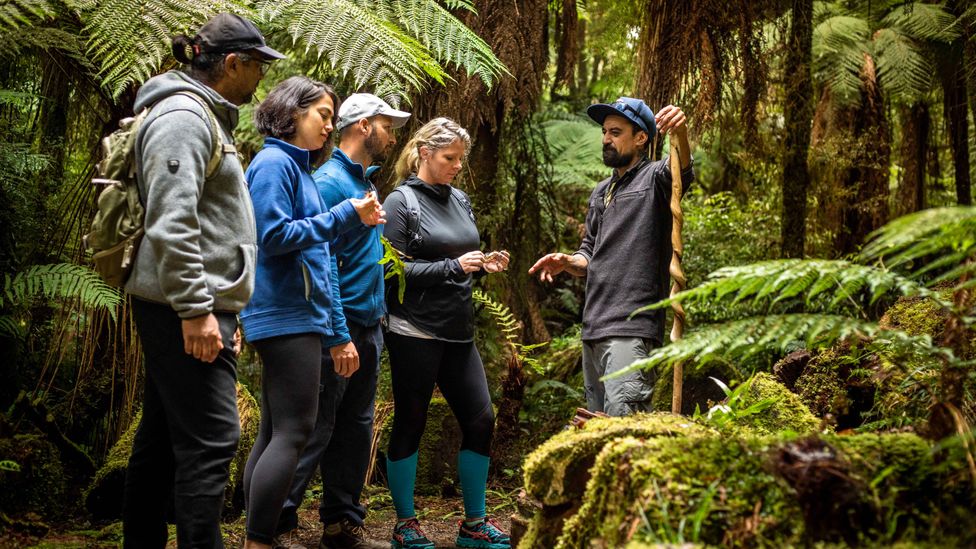
Whirinaki Forest Footsteps is a forest bathing experience in one of the world's last prehistoric rainforests (Credit: Cinzia Maioha-Jonathan)
"Regenerative tourism, fundamentally, is built upon Indigenous culture. Te ao Māori [the Māori worldview] is regenerative tourism," said Nadine. "Now people are starting to see us and hear us."
When a new award – the Regenerative Tourism Award – was added to the 2022 New Zealand Tourism Awards, it became the most coveted. Few were surprised to hear Kohutapu Lodge named as the winner.
"Regeneration is a continual process of rebirth and developing the inherent potential of a place – and that's what Nadine is doing. She's created an experience that is deeply reciprocal for both visitors and the people in her community," said Debbie Clarke, director of regenerative development at New Zealand's The Centre for GOOD Travel. "It's not a passive viewing experience. It's a deep exchange and it's an invitation into a community who shares who they are on their own terms."
The next day, on our drive to check the eel trap, the conversation between Karl and I flowed nonstop. We shared ghost stories and tales of our respective childhoods. He told me that he was shy until they opened Kohutapu but now he can't stop talking. He said it's what visitors crave most: kōrero (conversation).
Pulling the trap from the water, we found three eels in its mesh, all too young to keep. Karl released them on the shore. They wound through the mud, a slow bid to find their way back to the stream. One, though, seemed lost. Karl, without a thought to its slimy exterior, picked it up and placed it back in the water, ensuring it would find its way home again.
---
Join more than three million BBC Travel fans by liking us on Facebook, or follow us on Twitter and Instagram.
If you liked this story, sign up for the weekly bbc.com features newsletter called "The Essential List". A handpicked selection of stories from BBC Future, Culture, Worklife and Travel, delivered to your inbox every Friday.
